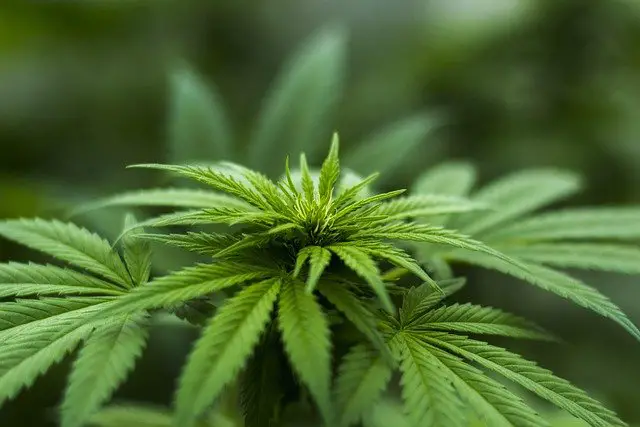As a stoner or someone with a great interest in weed, you may have found yourself wondering where did this great plant come from? While you discover your cannabis at AskGrowers.com, you may want to know about more than just the available strains. Most people are concerned about what is happening in current times without being fully aware of the past. State regulations are important, but what about the first recorded history?

The use of marijuana by ancient civilizations? There is a whole body of knowledge on where cannabis first came up and how different people used it. It is generally possible to trace how weed has been used worldwide from one culture to the next.
Where was Marijuana First Used?
The multi-million-dollar question is, who was the first to use cannabis? Though it is hard to pinpoint exactly one culture as pioneering the use of marijuana, as early as 5000BC, there were records of its use. Across the board, from biblical records to Egyptian historical accounts, there is the evident citing of the use of marijuana.
On a biblical, cannabis was one of the major components in the anointing oil used in Hebrews. Other records of the use include Egyptian people, Chinese, and even Indians. As far back as 1000BC, people made concoctions with weed as the main ingredient.
What was it Used for?
Depending on the culture and time period of civilization, different people used the product in varying ways. To begin with, it was widely used in treating pain and glaucoma. In Egypt, it was offered as one of the main treatment options for a range of medical conditions, with glaucoma as one of the main ones.
Among the Chinese, hundreds of diseases can get treated by marijuana. Even between 2900 BC and 100 AD, Chinese people had identified multiple treatments for various ailments. Their reliance on weed has been part of the long line of users.
Other than purely medicinal value, cannabis has also been used for recreational purposes. In India, they have a concoction referred to as bhang. Bhang is a mixture of marijuana, milk, and other ingredients. These drinks are sold widely in their markets and sometimes in shops.
As Indians enjoy the more recreational side of the drug, they also have historical records of using it as a treatment option. They have for decades used it to treat dysentery, inflammation, fever, insomnia, and others. Comprehensively, Indians are among the numerous cultures that use the product for both medicinal and recreational use.
Legal History of Weed
The dance between the legal and illegal status of cannabis has had quite a fair share of history. The 1600s saw Americans grow hemp and other cannabis-related products. The end product of these grown plants was rope, clothing, and others. The legal attitude towards marijuana at the time was generally affirmative.
Farmers could grow and supply marijuana and its by-products with no issues. In the 1840s, this accenting attitude towards the crop made it acceptable in mainstream medicine. Following the same, in 1850, the drug was added to the US Pharmacopeia.
By the year 1906, the FDA required companies to label their products if they contained any amount of marijuana. In the early 1900s, it was acceptable for people to grow the crop and its use in medical circles. In 1930, there were states where marijuana could be used as medicine.
The turning point was between 1914 and 1925, when a total of 24 states criminalized the use of cannabis. Following the criminalized state of weed, research studies and newspaper releases started offering supportive information showing it as a horrible drug.
The current federal imposition against marijuana was made around 1965 when it was declared a Schedule I substance. As a controlled substance, the current legal restrictions against drug use all contribute to the existing stigma. To counter the growing bans on weed use, groups came out against the same.
One of the aspects that the boards fought for was the legalization of marijuana. While the same has not been achieved at the federal level, numerous states have legalized medicinal and recreational plant use. Currently, more than twenty states allow for the use of the product with special regulations to enhance control. Considering how far the plant has come, who knows how far it will go in the future?
Conclusion
Maybe you’ve always wondered, where did weed come from? Regardless of how indifferent you are to the marijuana hype, you must admit that it can prove interesting knowing that the plant has been around for centuries. Going back to ancient civilizations, there are records of cannabis use for various properties. Regardless of the federal regulations against the use and growth of cannabis, there were times in the past when it was allowed. Why should once flexible laws that allowed marijuana use restrict current-day use just because the regulations changed?
